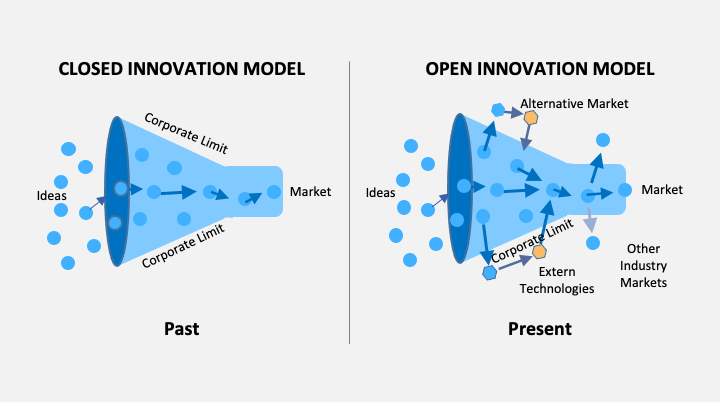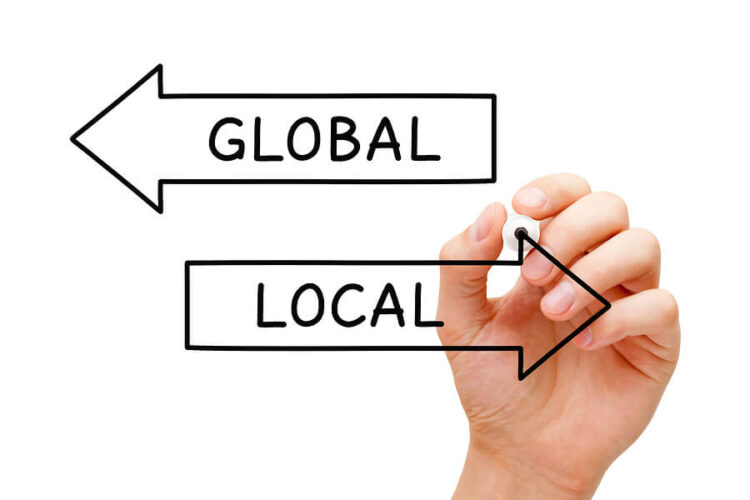There is no widely agreed definition of national innovation systems. National innovation systems are built on the assumption that understanding the interconnectedness of the actors engaged in innovation is crucial to enhancing technical performance. Innovation and technological advancement are the outcomes of a multifaceted network of connections between actors who produce, transmit, and consume various types of knowledge. The manners in which these actors interrelate with one another as components of a social system of knowledge consumption and generation, and also the technology they employ, have a significant influence on a country’s creative performance. The most prevalent actors are public research institutions, universities, and commercial enterprises, as well as the individuals who work for them. Equipment acquisitions, cross-patenting, personnel exchanges, Continue reading
International Business Management
Paradox of Globalization vs. Localization
In today’s continuously changing world, globalization is what every business, organization, and nation should seek and welcome as a positive change. However, many people are unaware of the main focus and meaning of globalization, especially in comparison to localization. A large number of people believe that globalization is just another common word used to refer to changes and differences that cannot be explained. Therefore, many different activities or changes are improperly labelled to be a part of or caused by globalization. Localization is the process of adapting a product or service to a particular language, culture, and desired local preferences. Ideally, a product or service is developed so that localization is relatively easy to achieve – for example, by creating Continue reading
Concept of Export Diversification in International Business
Earlier a country’s economic development was based either on the degree of specialization or diversification of a country’s production and trade structure. Based on Adam Smith’s concept towards the division of labor and specialization for economic growth and development to Heckscher-Ohlin Samuelson (HOS) model of international trade, countries should specialize in producing and specializing in the goods in which they have a comparative advantage. However, after the Second World War, the idea was that economic growth and development may be achieved by export diversification (not specialization). There were active efforts by the government to promote industrialization and economic growth. Export diversification is often the primary objective of many developed countries. Export diversification is also equally important for many developing countries. Continue reading
Relevance of Sustainable Development Goals (SDGs) for Businesses and Organizations
The organizations have been focused towards adopting key business approaches and practices that would contribute towards their improved revenue as well as profitability in the marketplace. In order to achieve such strategic goals to revenue and operational growth, it is required by the management to identify and understand the changing market needs, as well as the stakeholder preferences and accordingly the internal business or operational strategies, are to be defined. Considering such need, it can be reflected that in the present marketplace there is a need for the business organization to focus towards the increased social preferences and need towards sustainability and societal development along with that of the business growth. The approach to sustainability ensures that the business organization Continue reading
Sustainable Development Goals (SDGs) – An Overview
The United Nations Sustainable Development Goals (SDGs) is a program that was created by the United Nations. Its aim is to achieve an all-round development globally through having the desire to achieve such factors as; hunger and poverty reduction, having many people access both clean and affordable energy, improvement and provision of proper health services, industrialization, innovation and both economic and infrastructural development and many more objectives totaling to seventeen. In other words, it offers a sincerely comprehensive apparition of the future. These sustainable development goals were created and adopted in 2015 September, after the period for which the achievements of Millennium Development Goals (MDGs) were terminated in 2015. However, some of the objectives were substantially met. Nevertheless, some remain Continue reading
Three Approaches for Promoting Diversity in the Workplace
Though, diversity can have a wide range of meanings, some companies use the traditional Equal Employment Opportunity Commission (EEOC) definition of diversity, which deals with differences in gender, racioethnicity, and age. Other companies tend to favor the broadest definitions of diversity, ones that encompass differences in gender, racioethnicity, age, physical abilities, qualities, and sexual orientation, as well as differences in attitudes, perspectives and background. Many individuals rely on a more detailed definition of diversity considering diverse people as being in the non-dominant social system who have been traditionally under research and under served. While there is no correct definition of diversity, the three diversity initiatives discussed in this article seem to target a definition that encompasses creating a diverse work Continue reading




